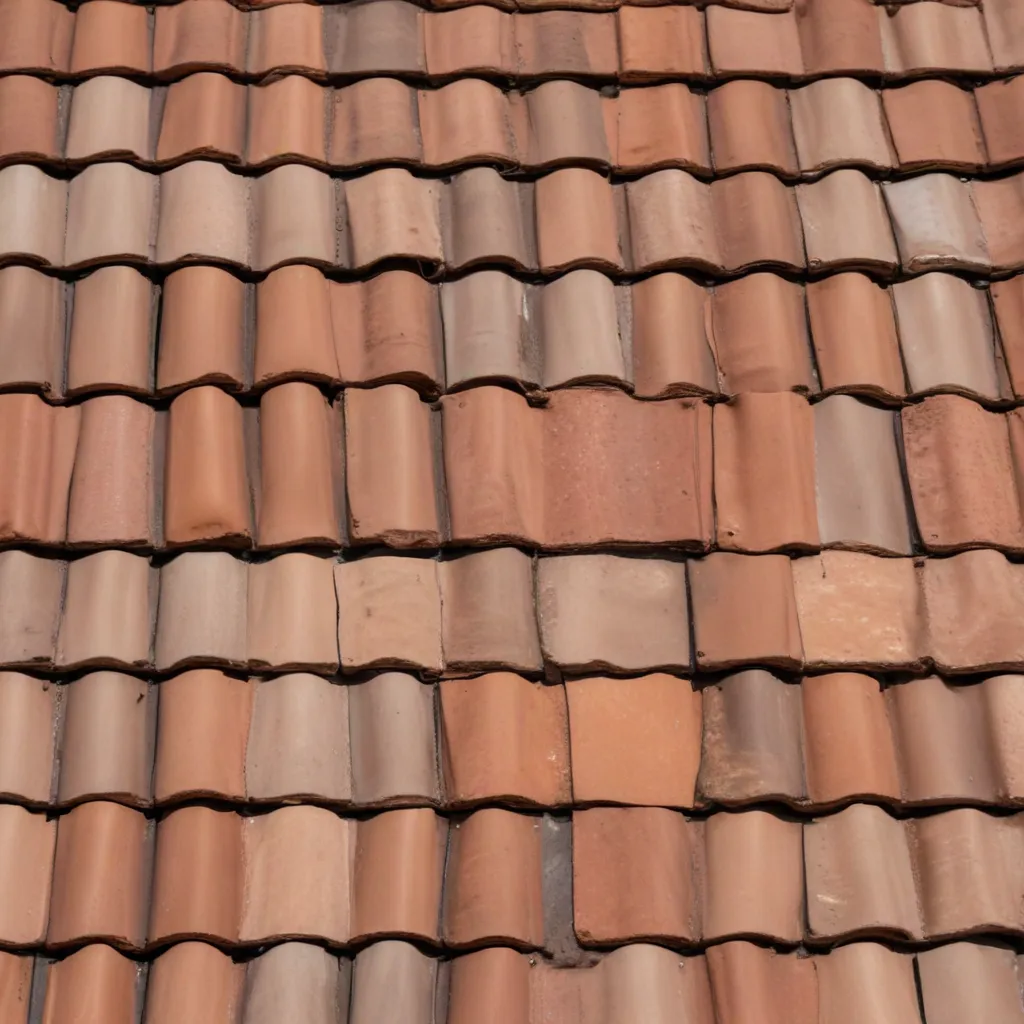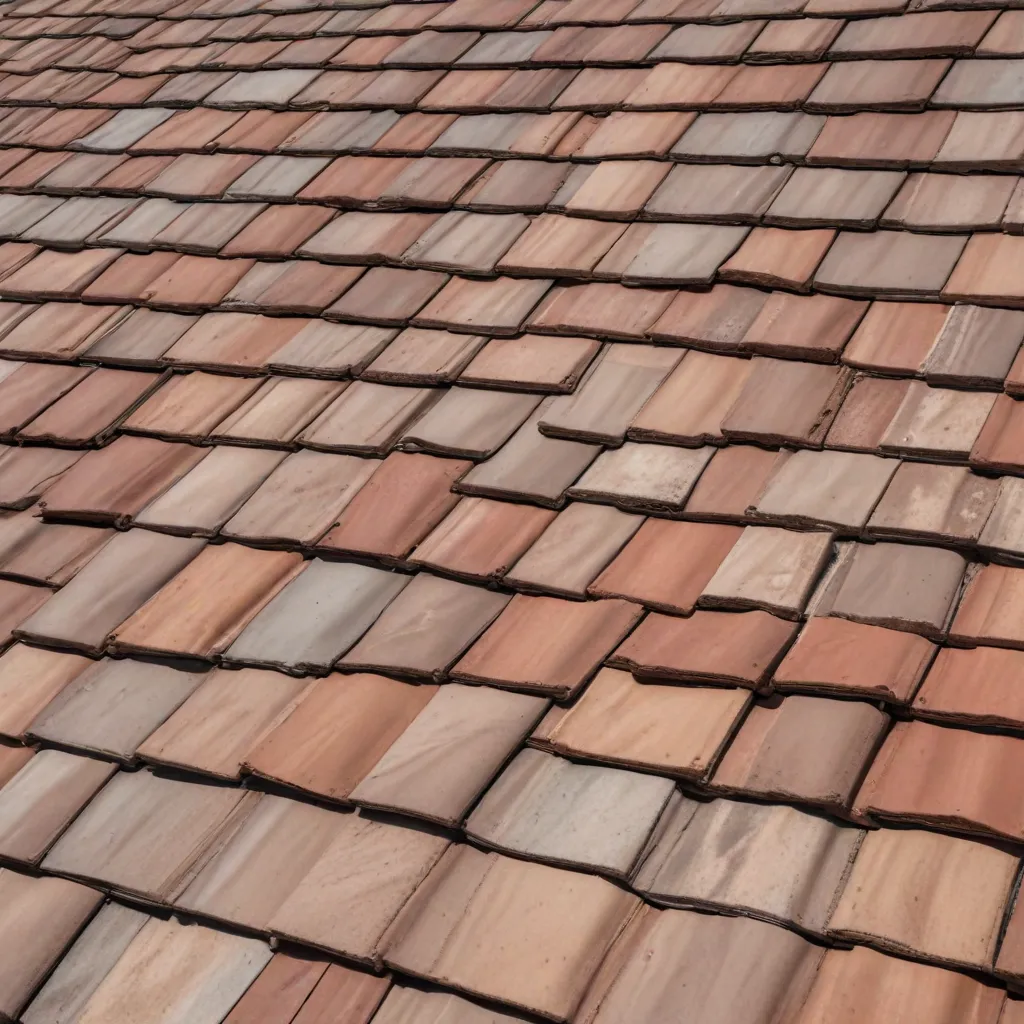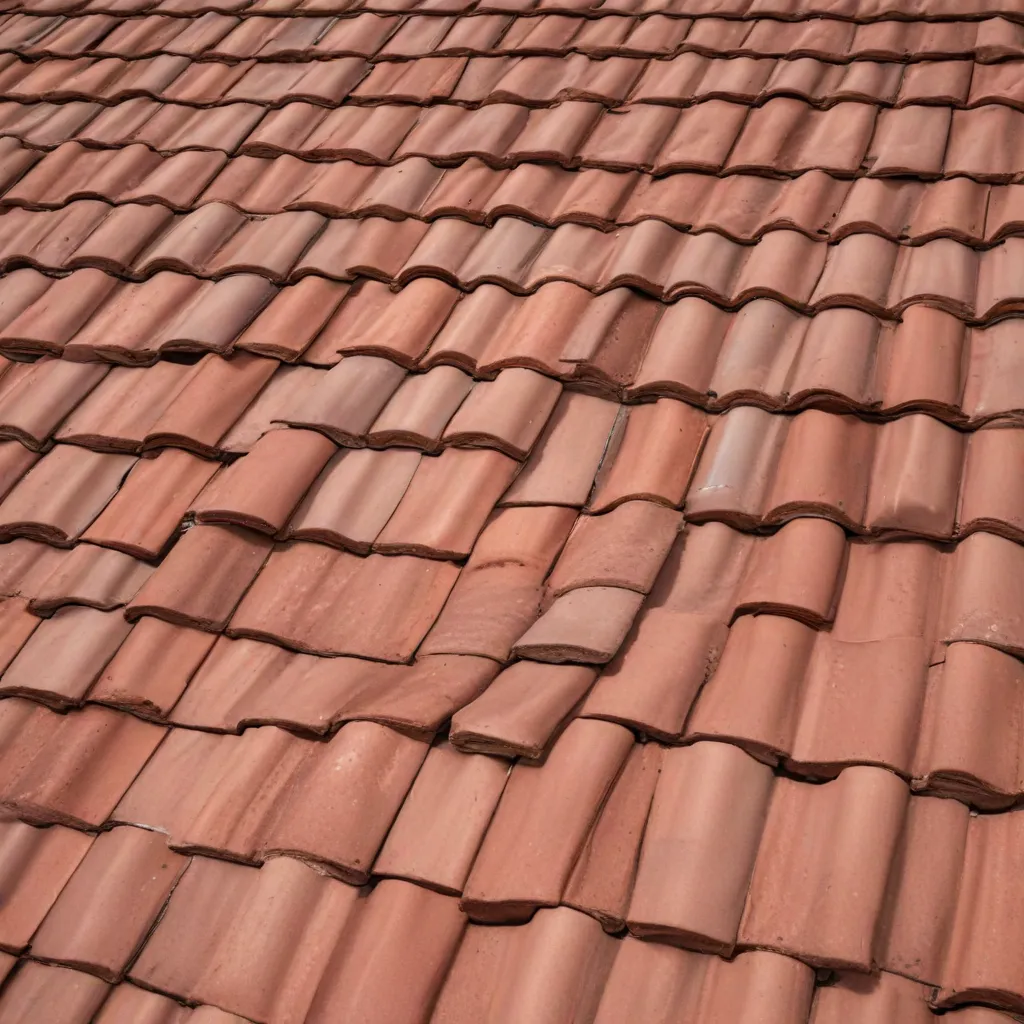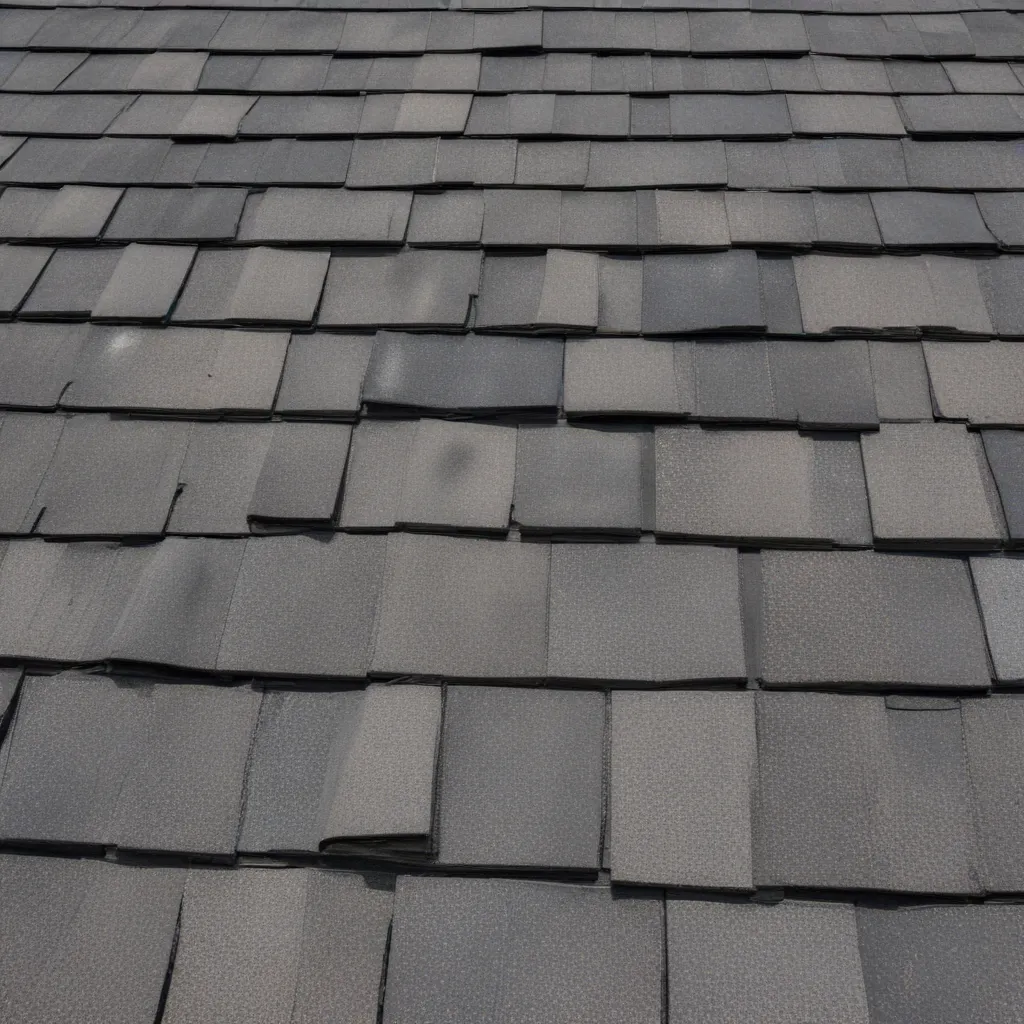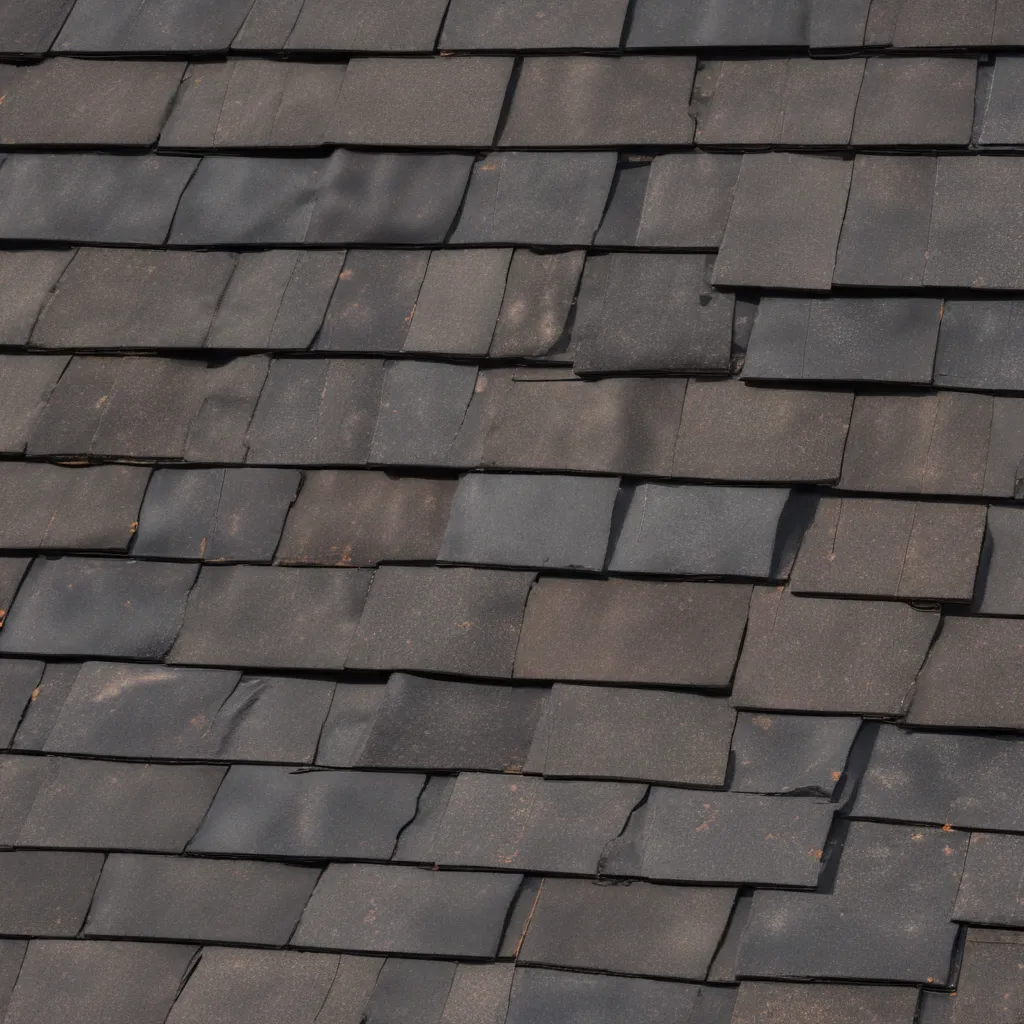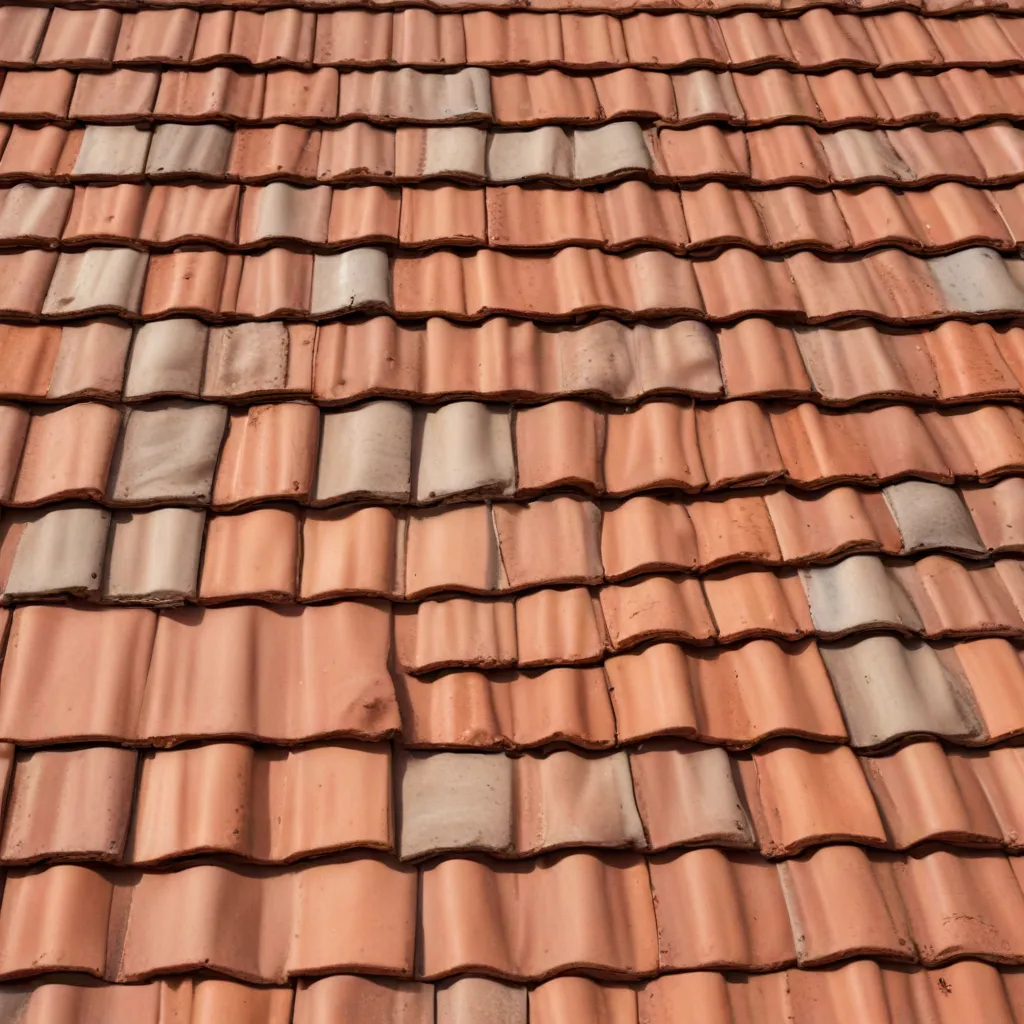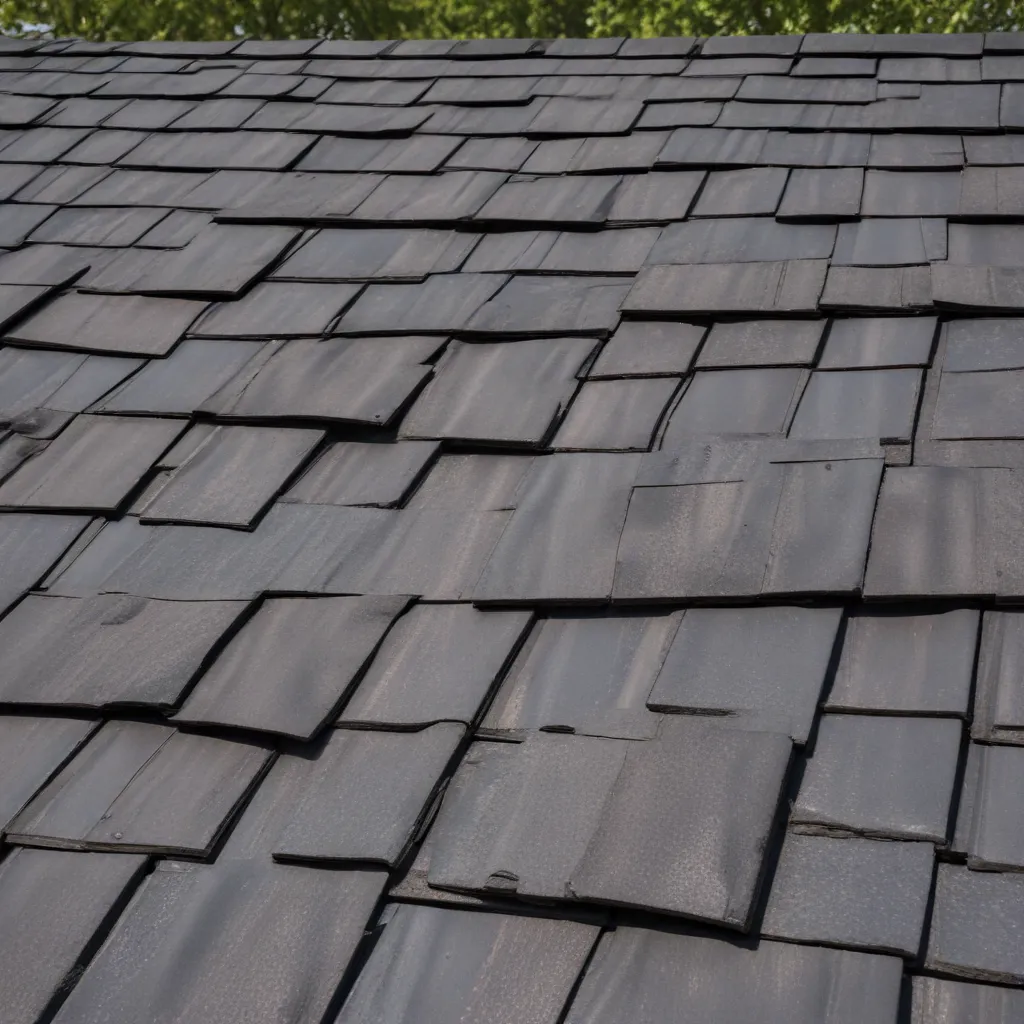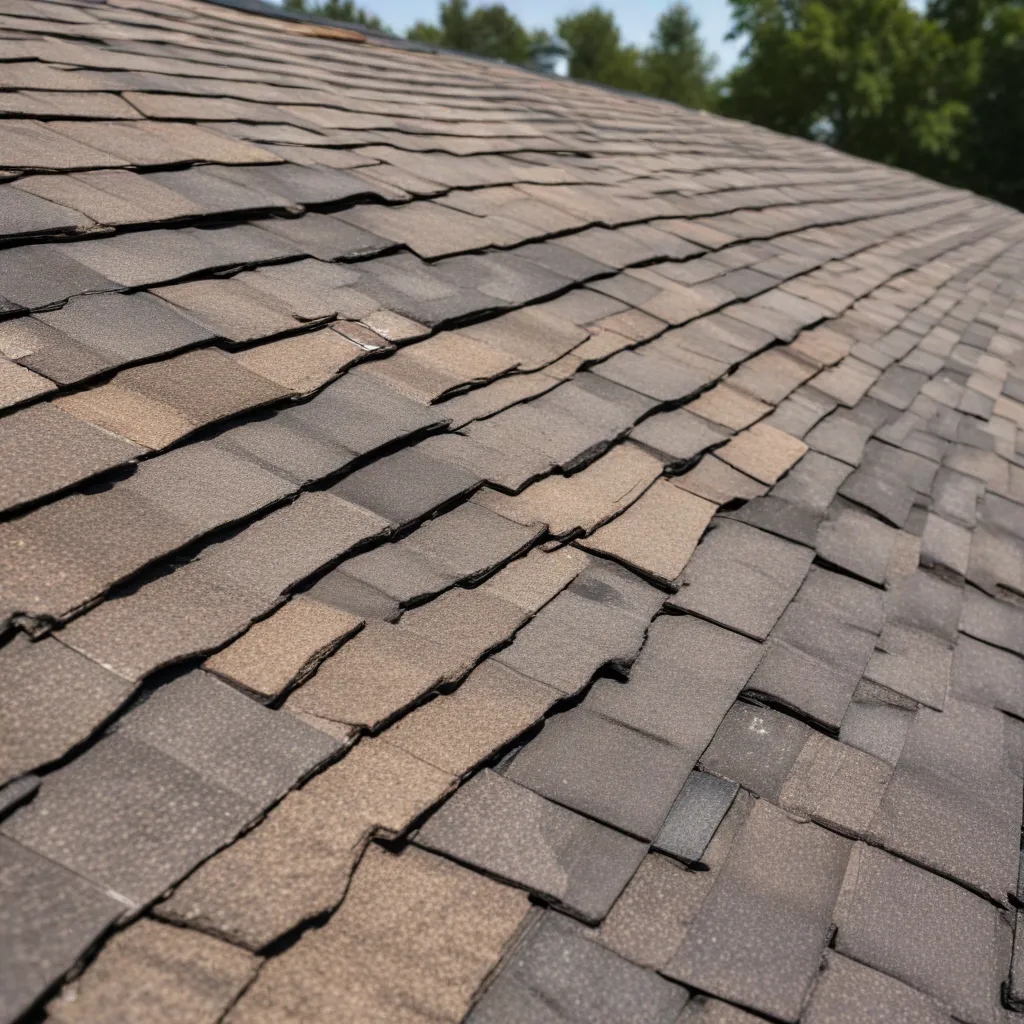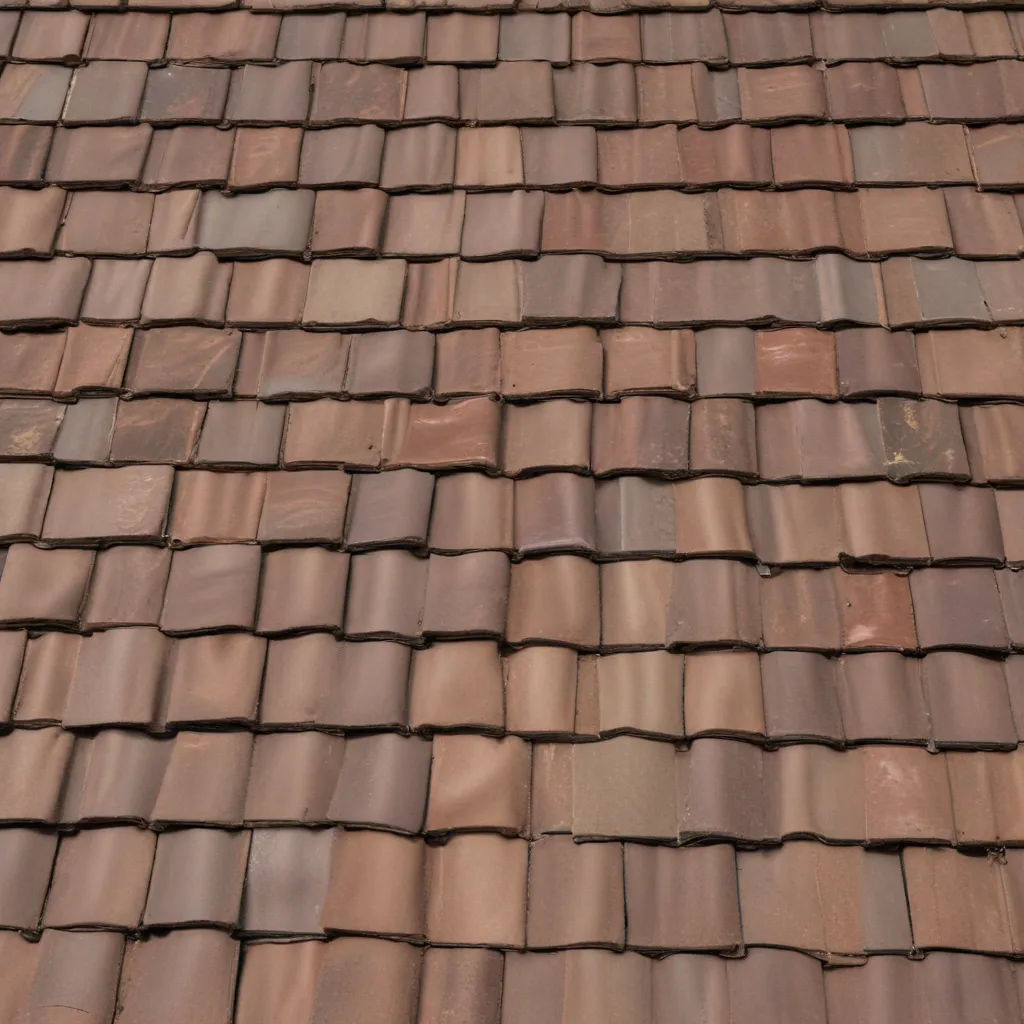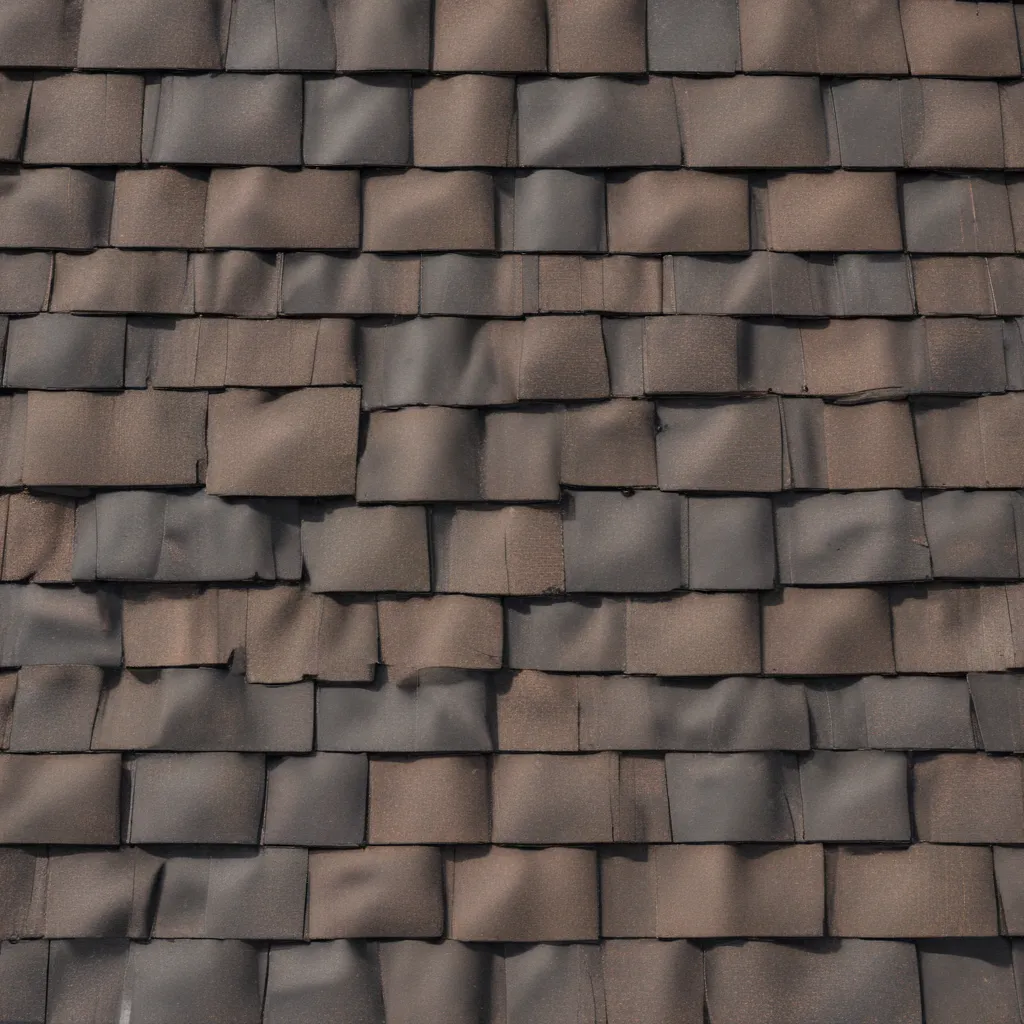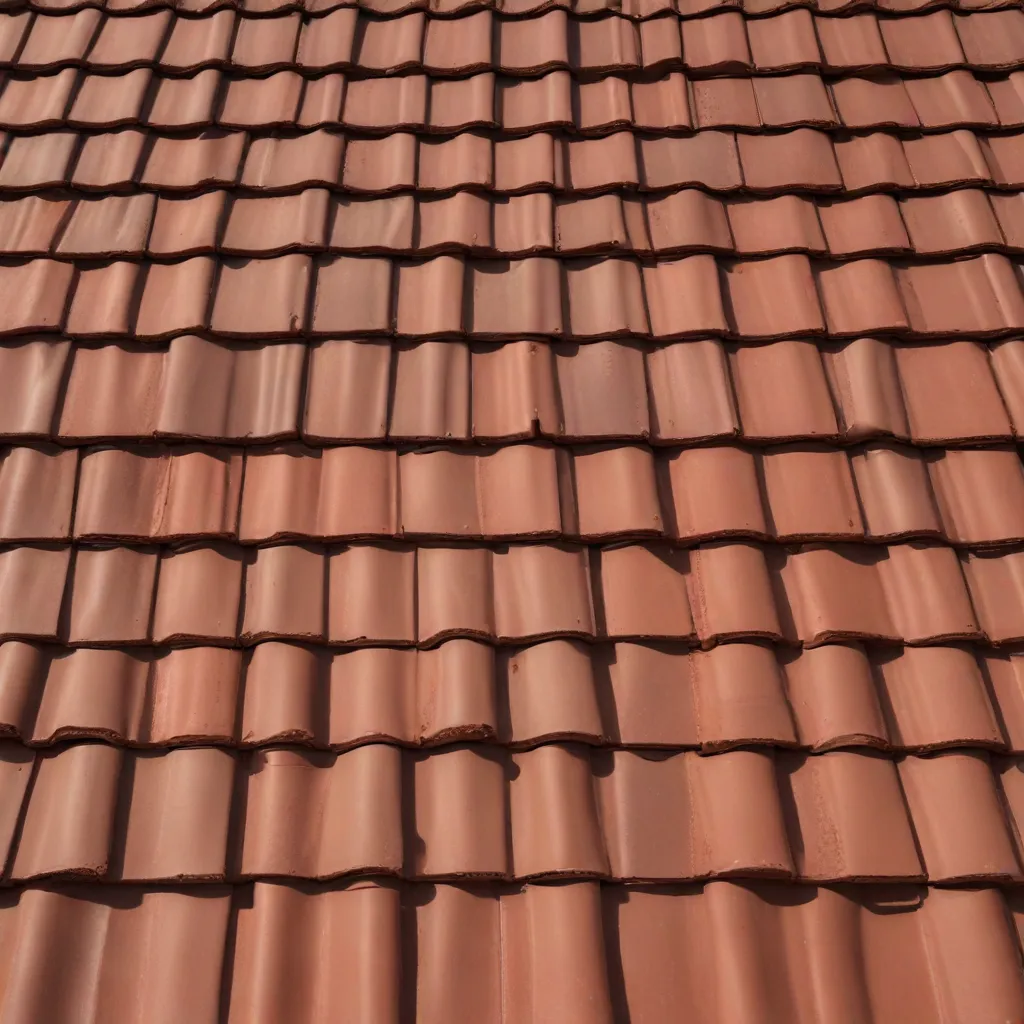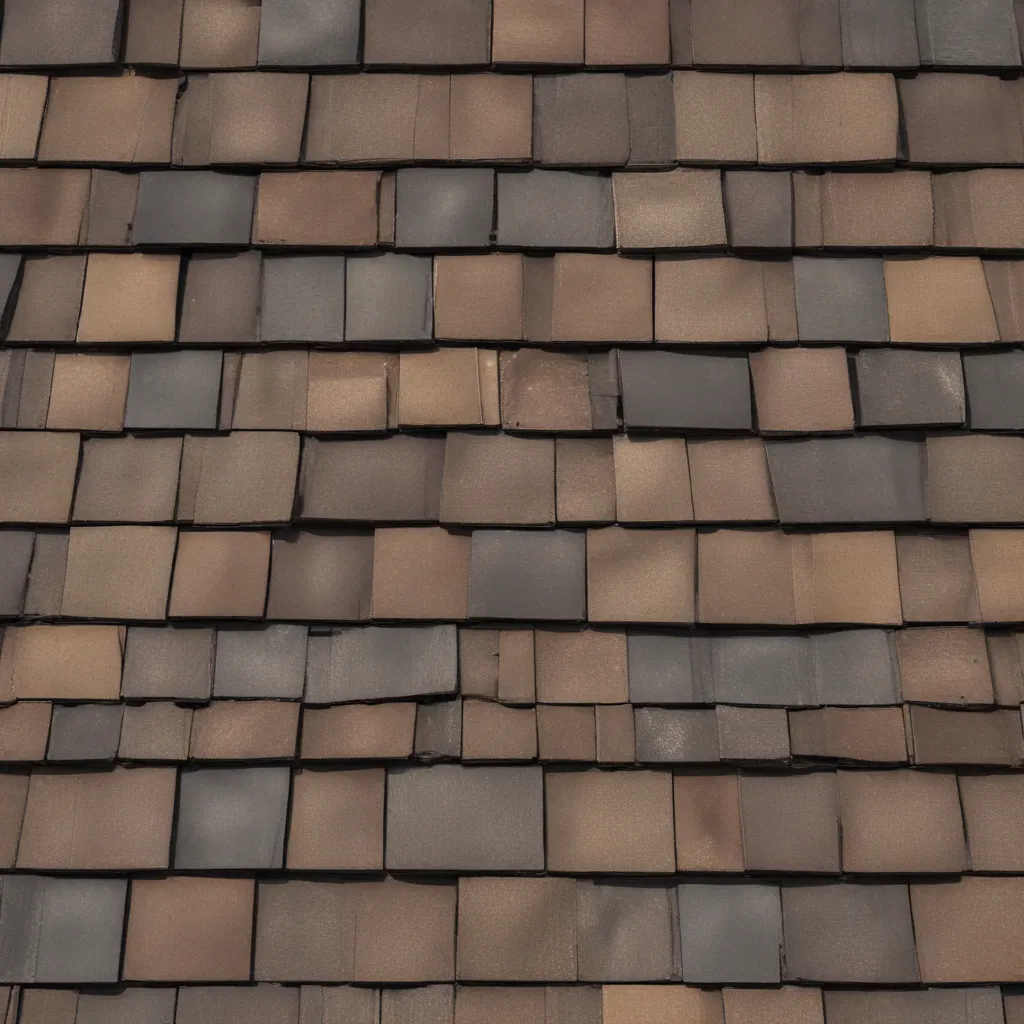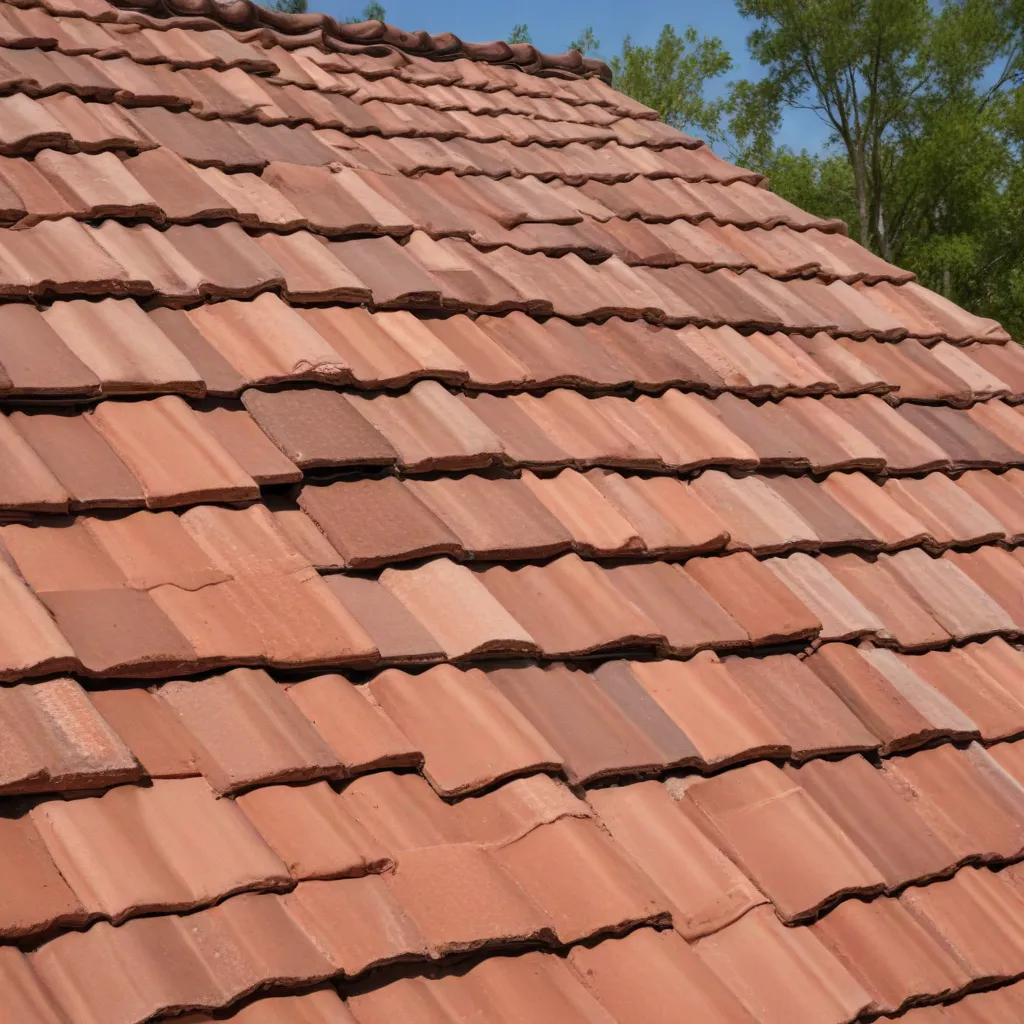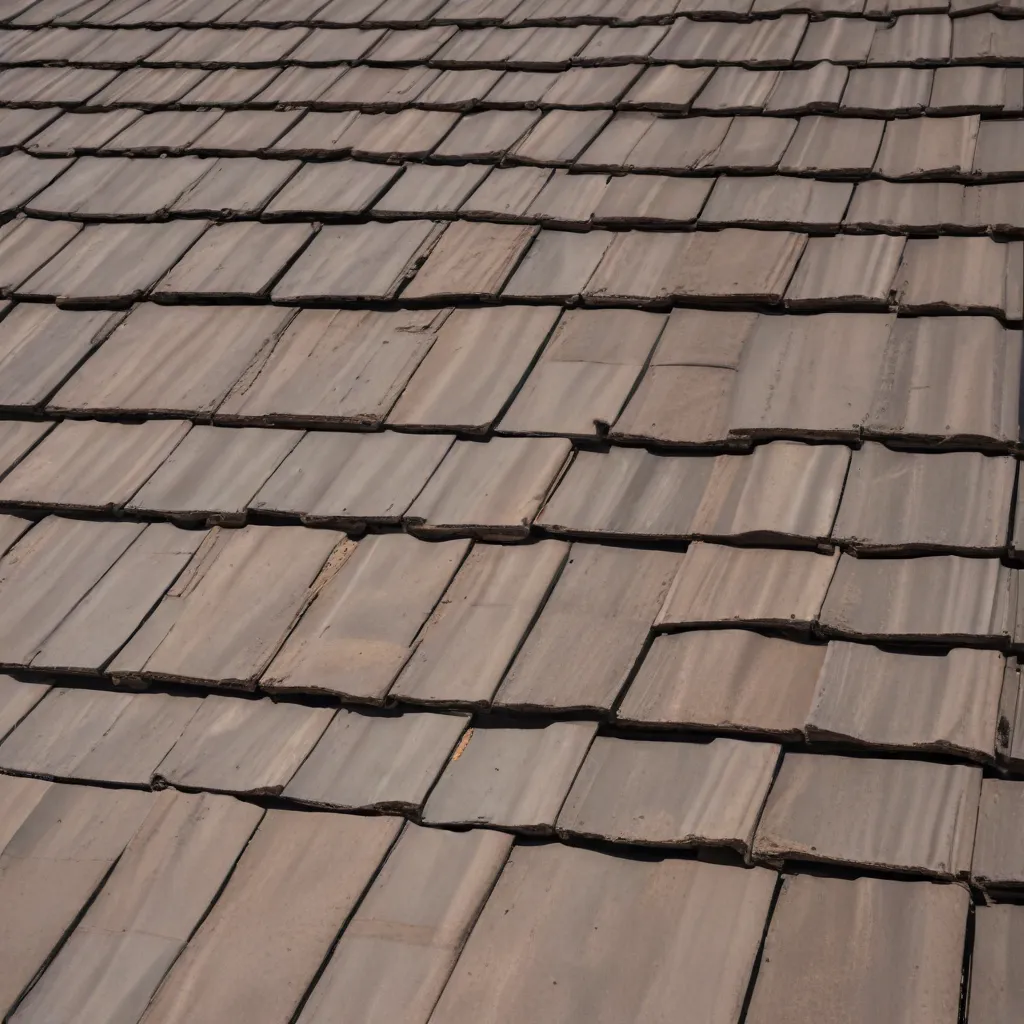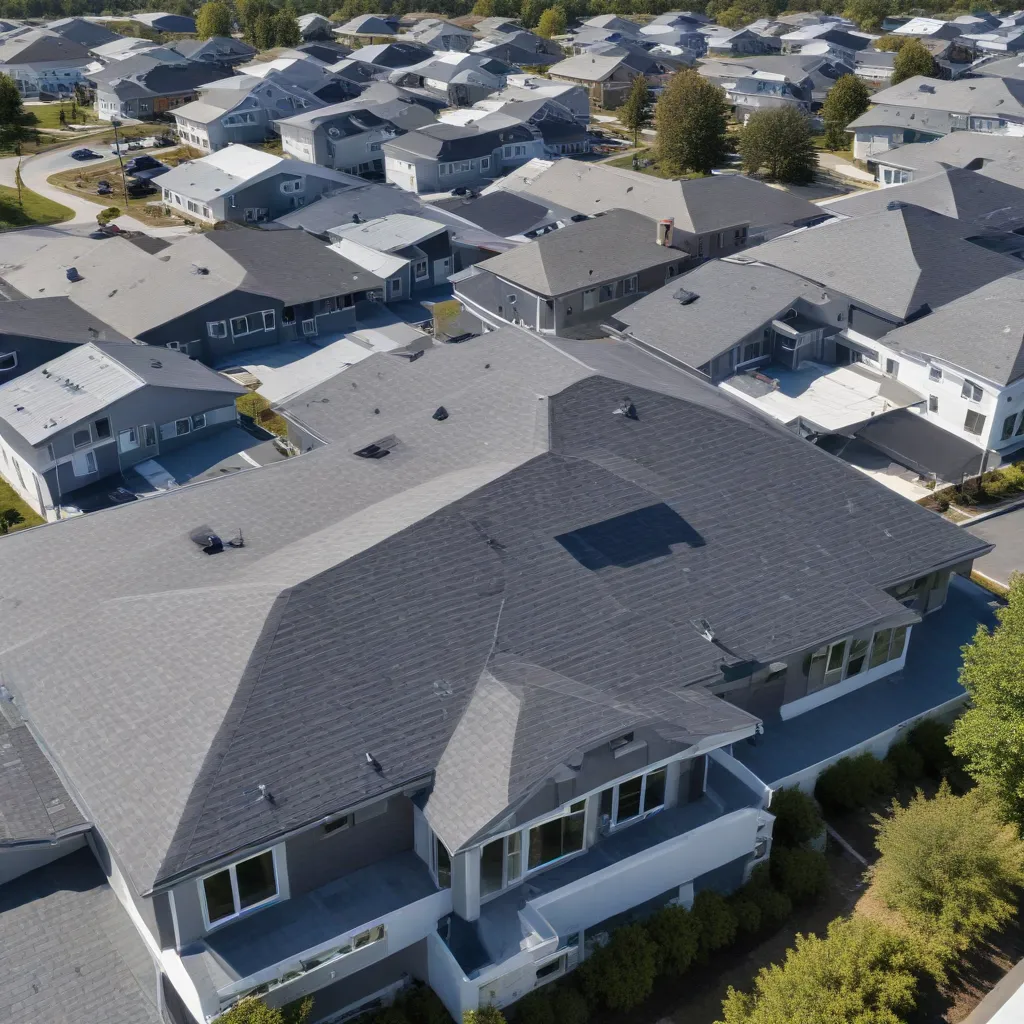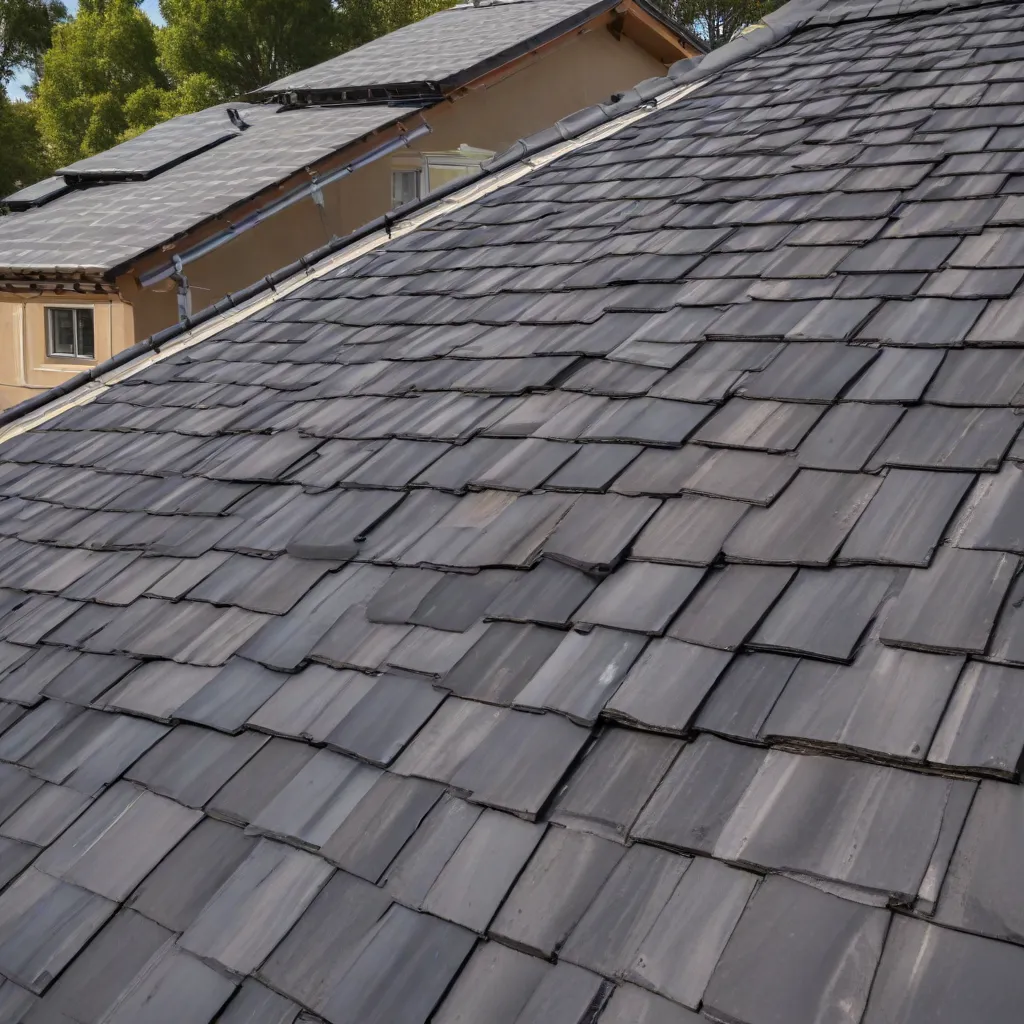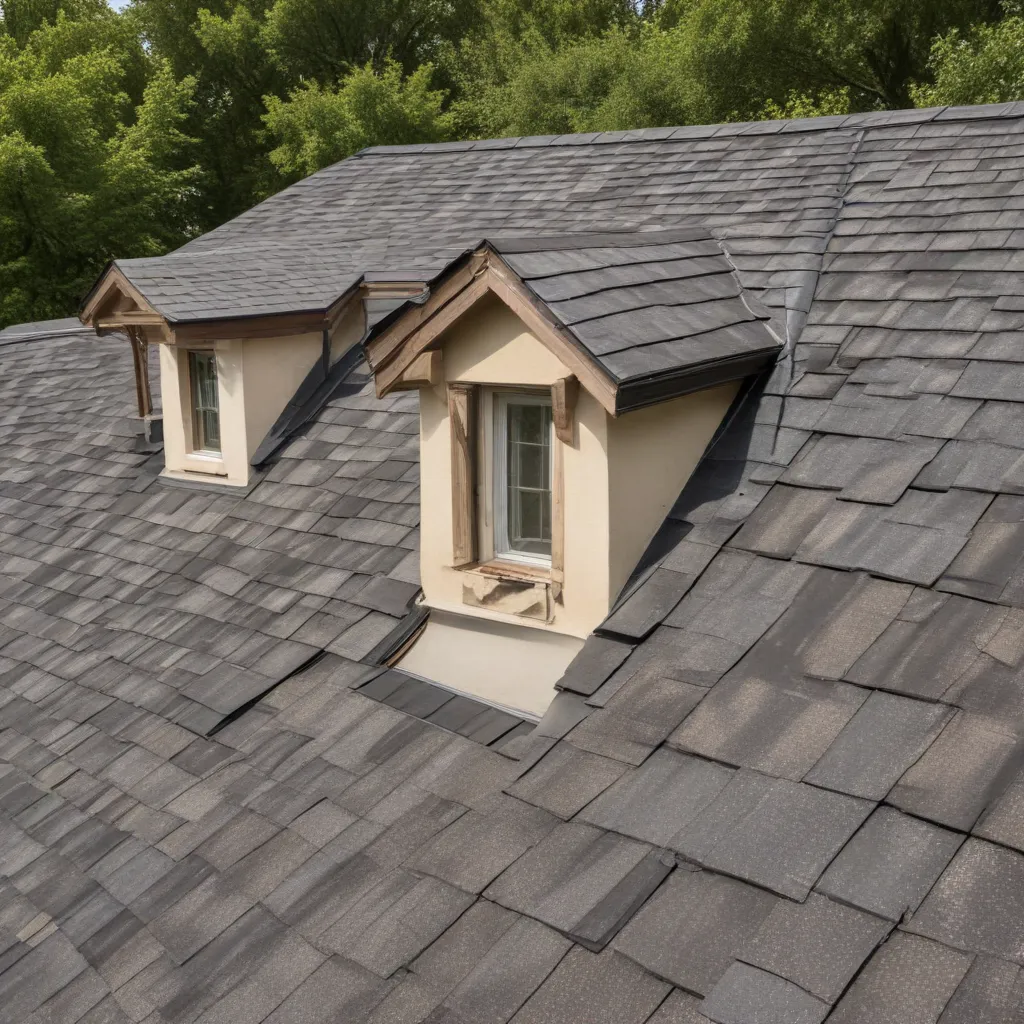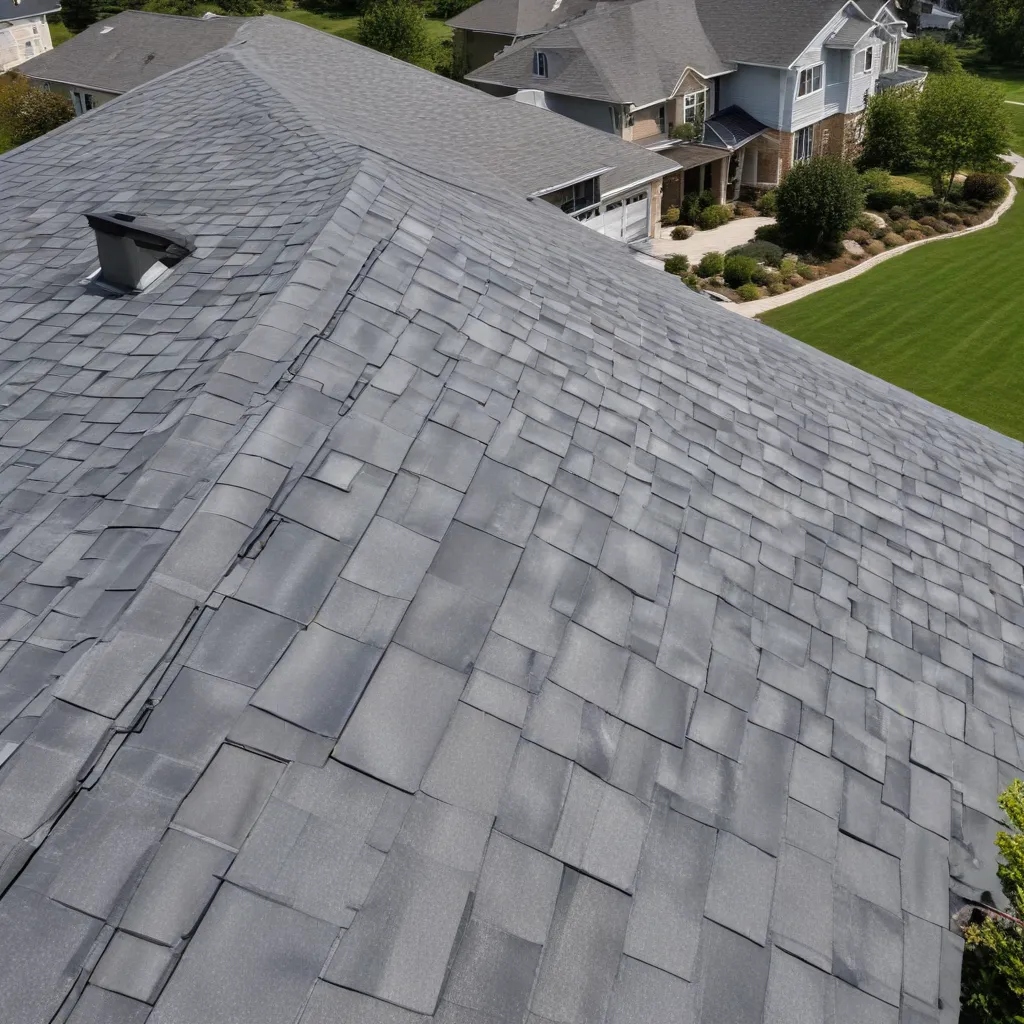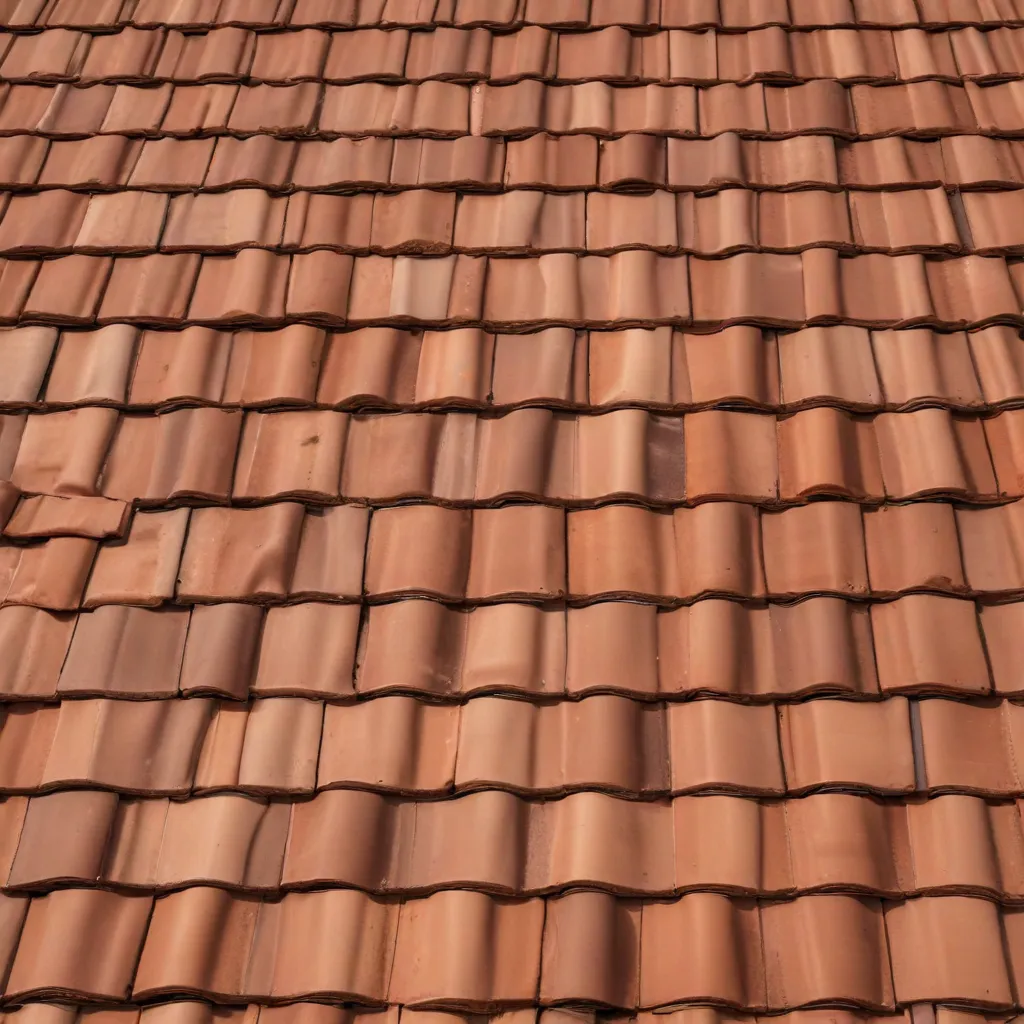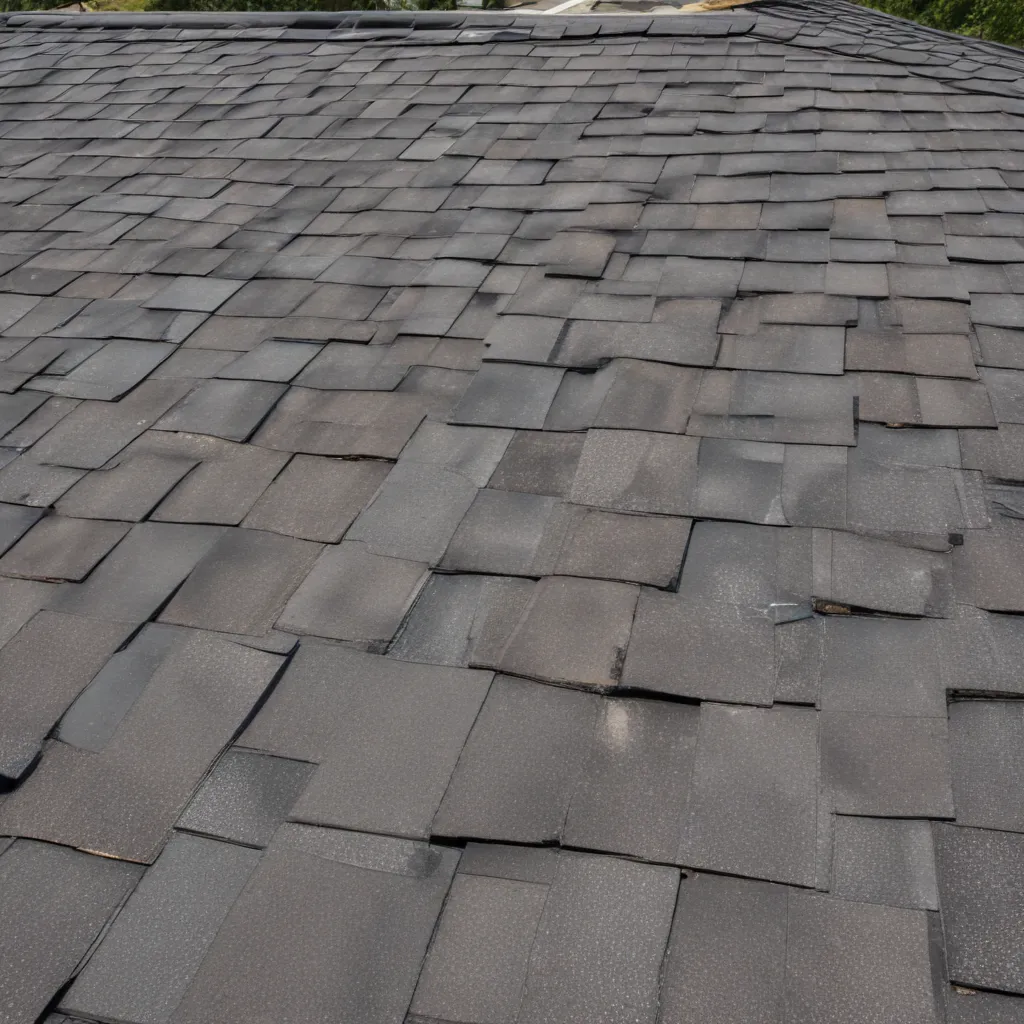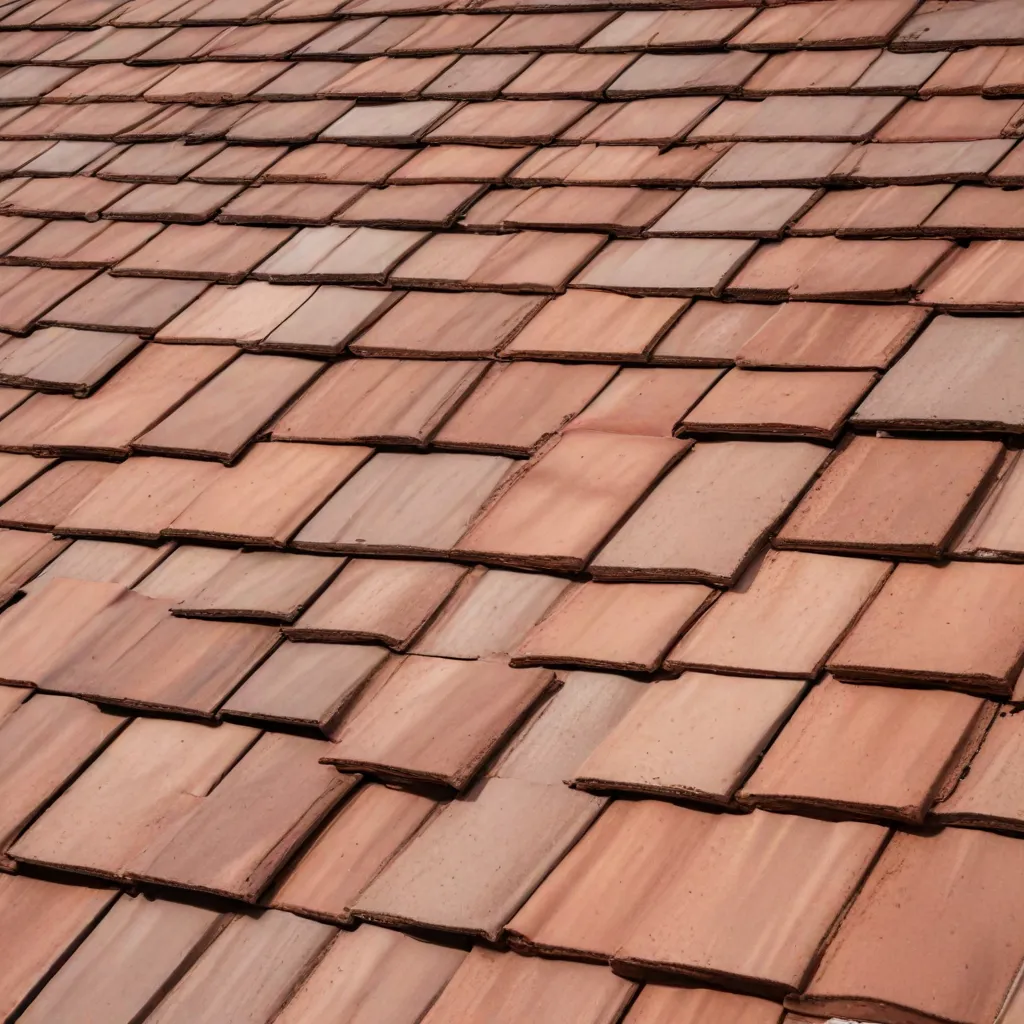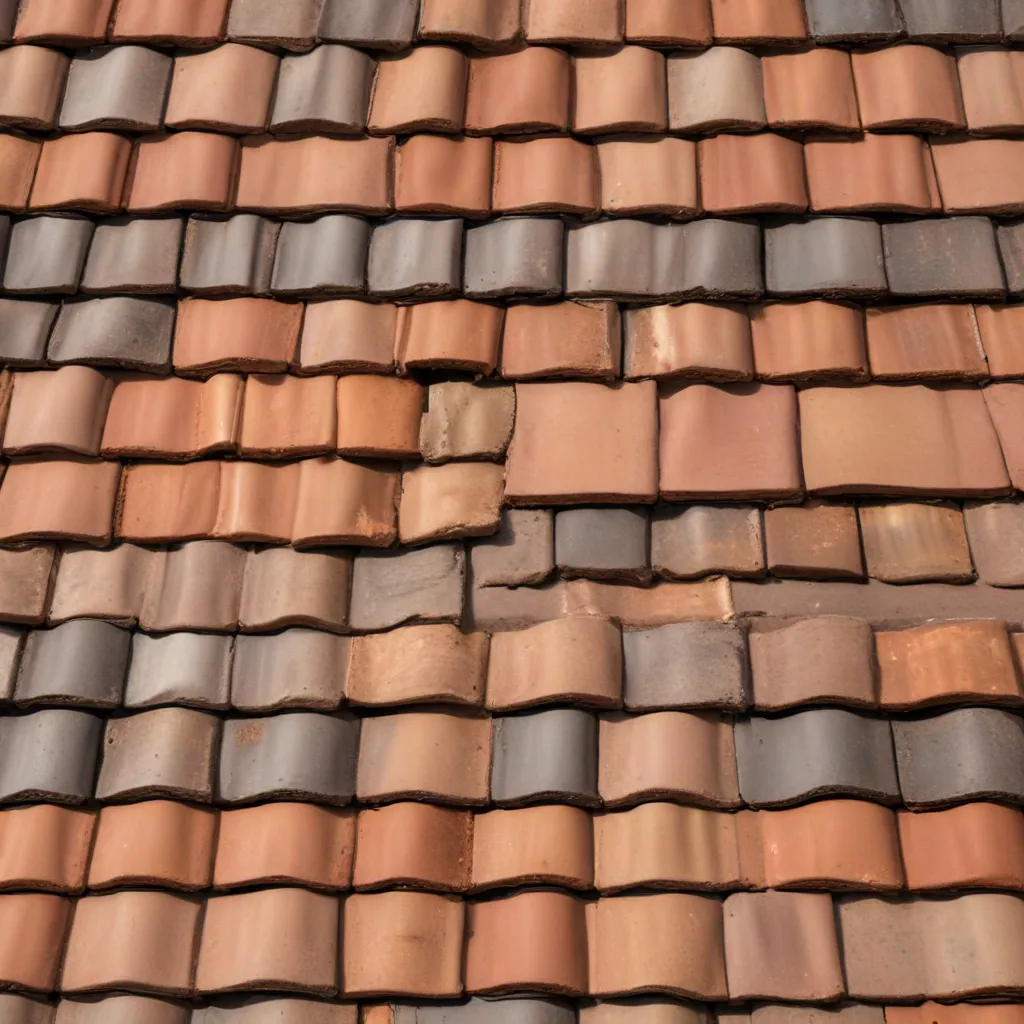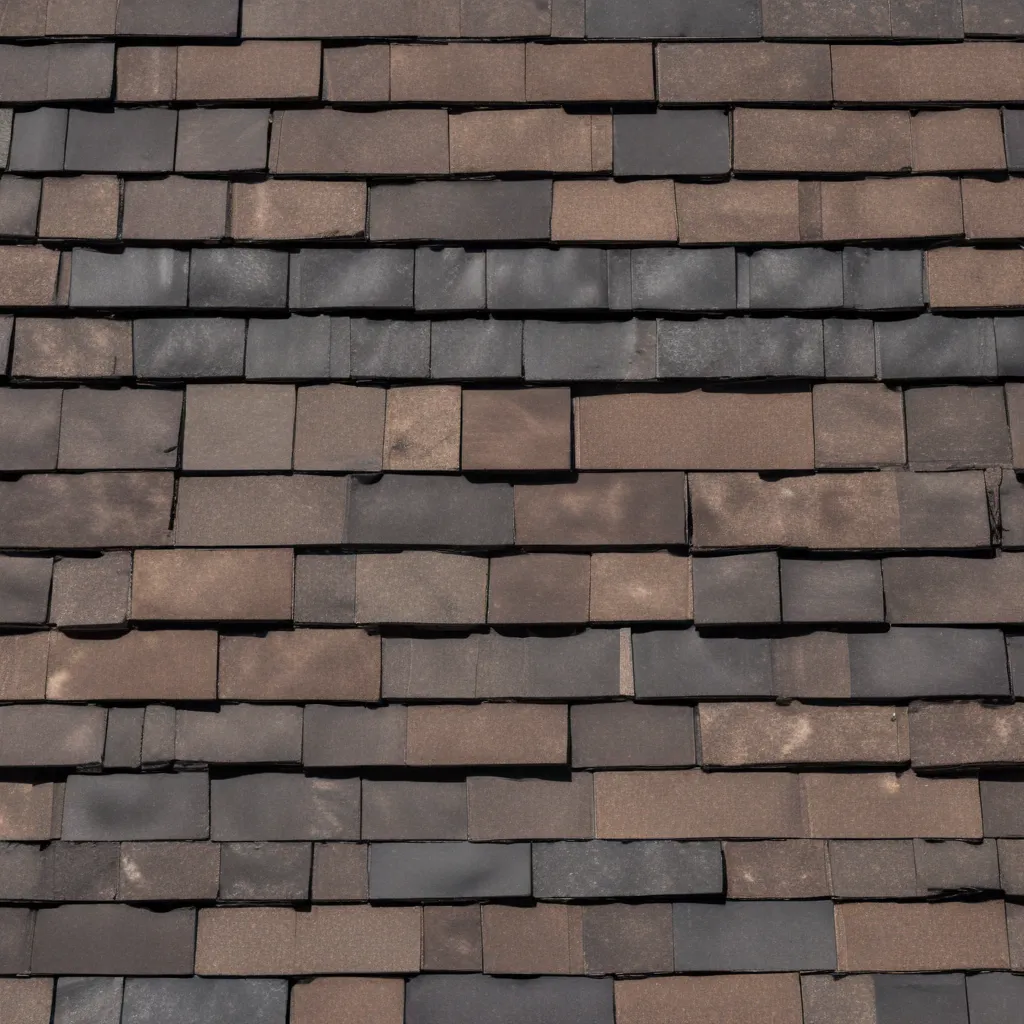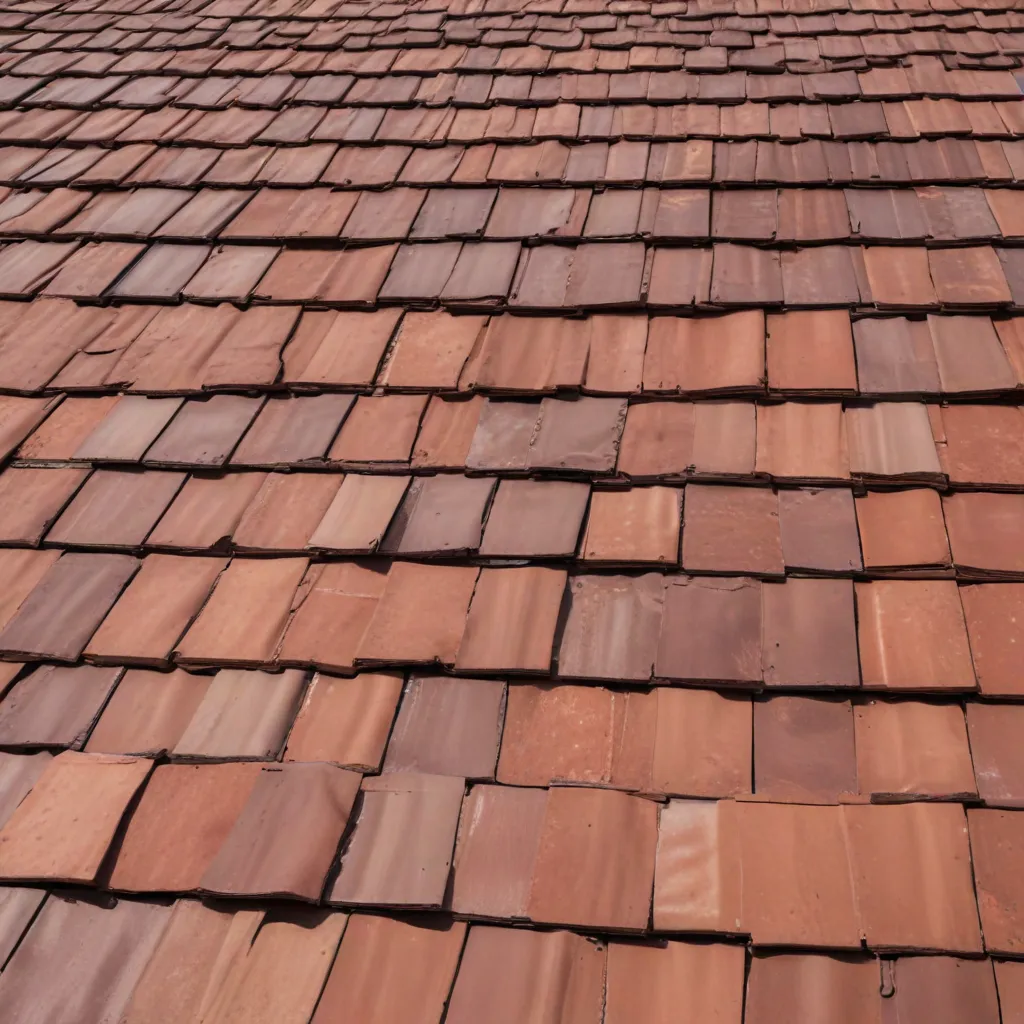Welcome to our comprehensive guide on maximizing energy efficiency through roof insulation. In this article, we will explore the importance of a well-insulated roof and provide you with simple steps to improve your roof insulation. By implementing these strategies, you can create a more comfortable living space, reduce energy consumption, and ultimately save on your utility bills. Let’s dive in!
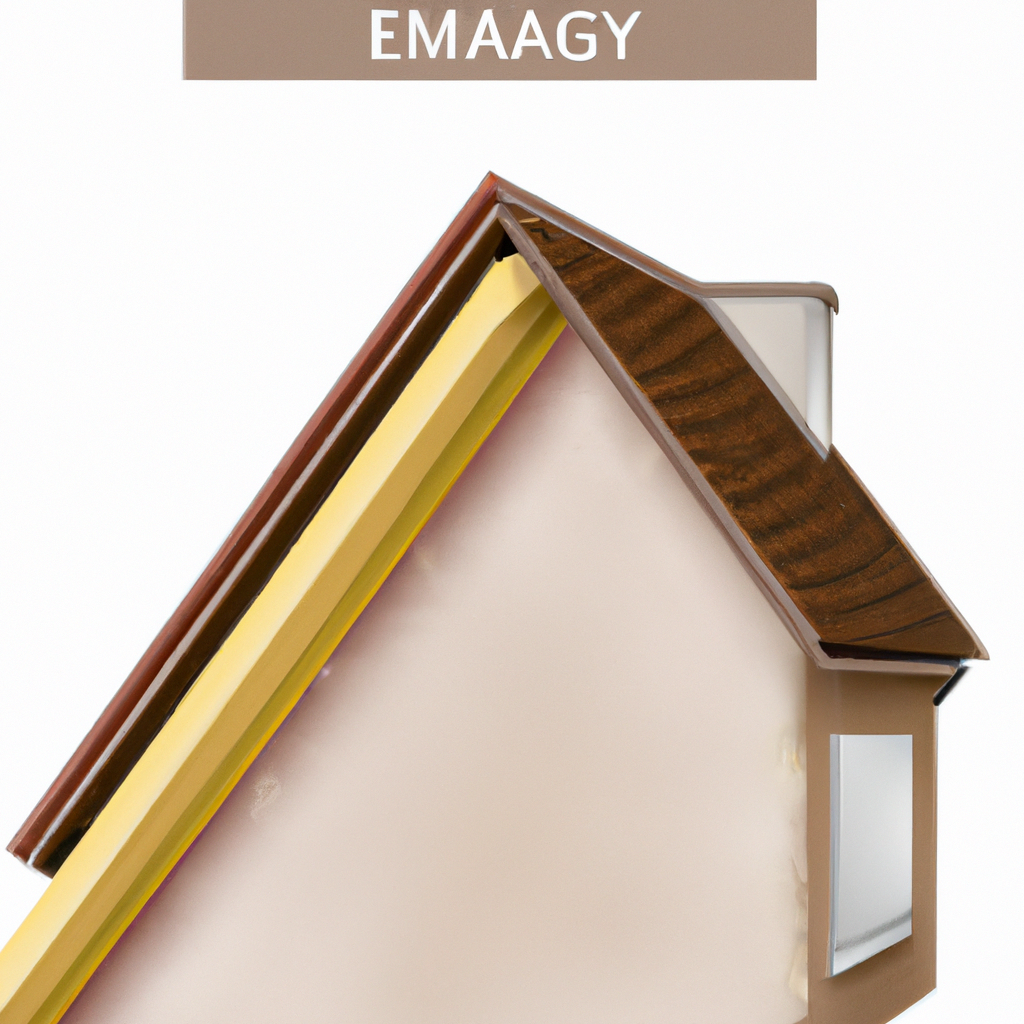
Why is Roof Insulation Important?
Proper roof insulation plays a crucial role in maintaining a comfortable indoor temperature and reducing energy waste. Without adequate insulation, your home becomes susceptible to heat loss during colder months and heat gain during warmer months. This results in increased reliance on heating and cooling systems, leading to higher energy consumption and utility costs. By improving your roof insulation, you can create a more energy-efficient home and reduce your carbon footprint.
Understanding R-Value
Before we delve into the steps to improve roof insulation, it’s essential to understand the concept of R-value. R-value measures the thermal resistance of an insulation material. The higher the R-value, the better the insulation’s ability to resist heat flow. When selecting insulation for your roof, aim for materials with higher R-values to achieve optimal energy efficiency.
Step 1: Assess Your Current Insulation
To begin, assess the current state of your roof insulation. Start by inspecting your attic or crawl space to determine the type and condition of insulation already in place. Look for any signs of wear, damage, or gaps in the insulation. This evaluation will help you identify areas that require improvement and guide your decision-making process.
Step 2: Choose the Right Insulation Material
Once you’ve assessed your current insulation, it’s time to choose the right material for your roof. There are various insulation options available, including fiberglass, cellulose, spray foam, and rigid foam. Each material has its advantages and disadvantages in terms of R-value, cost, and installation process. Consider your specific needs, budget, and local climate when selecting the most suitable insulation material.
Step 3: Seal Air Leaks
To further enhance the effectiveness of your roof insulation, it’s crucial to seal any air leaks in your home. Air leaks can significantly compromise the energy efficiency of your insulation by allowing warm air to escape during winter or hot air to infiltrate during summer. Common areas of air leakage include gaps around windows and doors, electrical outlets, and plumbing penetrations. Seal these gaps using weatherstripping, caulk, or expanding foam to prevent energy loss.
Step 4: Add Insulation to Attic or Roof Deck
If your current insulation is inadequate or damaged, consider adding additional layers to your attic or roof deck. This will provide extra insulation and improve the overall energy efficiency of your home. Consult with a professional to determine the appropriate insulation thickness and R-value required for your specific climate and building structure.
Step 5: Ventilate Your Roof Space
Proper roof ventilation is essential for maintaining a healthy and energy-efficient home. It helps regulate moisture levels, prevents the formation of mold and mildew, and extends the lifespan of your roof. Ensure that your roof has adequate vents to allow for proper air circulation. This will help prevent the buildup of heat and moisture, reducing the strain on your cooling systems and enhancing energy efficiency.
Step 6: Consider Radiant Barriers
In certain climates, incorporating radiant barriers can further improve the energy efficiency of your roof insulation. Radiant barriers are reflective materials that reduce heat transfer by reflecting radiant heat away from your home. These barriers are particularly effective in hot climates with intense sunlight. Consult with a professional to determine if radiant barriers are suitable for your specific location.
Step 7: Maintain Your Roof Insulation
Lastly, regular maintenance is crucial to ensure the longevity and effectiveness of your roof insulation. Inspect your insulation periodically for any signs of damage, moisture, or pest infestation. Address any issues promptly to prevent further damage and ensure optimal energy efficiency.
Conclusion
Improving your roof insulation is a practical and effective way to maximize energy efficiency in your home. By assessing your current insulation, choosing the right materials, sealing air leaks, adding insulation layers, ventilating your roof space, considering radiant barriers, and maintaining your insulation, you can create a more comfortable and sustainable living environment while reducing your energy consumption and utility bills. Take the first step towards a more energy-efficient home today!

